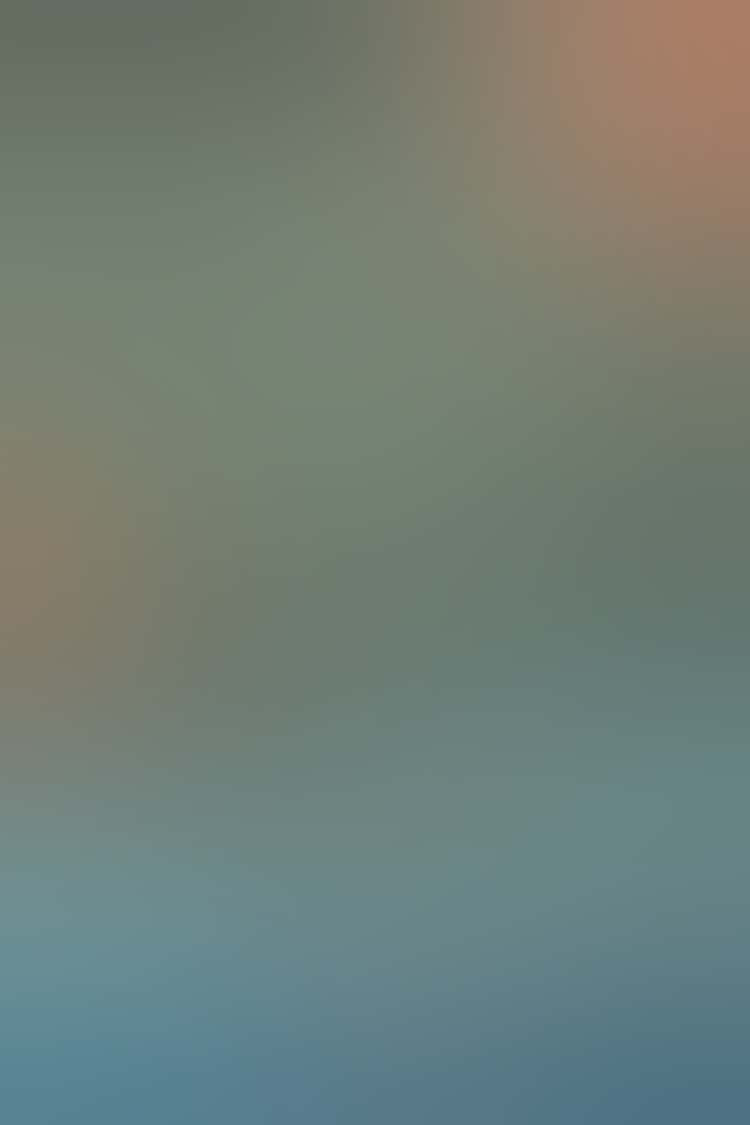In the earliest prints shown in this exhibition, figures are the main focus of each image and darkness simply sets the stage. This is true for the mid- to late 18th-century works of Okumura Masanobu and Suzuki Harunobu, where a solid curtain of black appears behind each dramatic scene. By the 19th century, however, landscape prints were often dominated by the night sky—with or without a moon—and townspeople in urban settings or travelers in rural scenes were less prominent.

Searching for Fireflies, 1768
Suzuki Harunobu. Clarence Buckingham Collection

Fireworks at Ryōgoku Bridge (Ryōgoku hanabi), from the series One Hundred Views of Edo (Meisho Edo Hyakkei), 1858
Utagawa Hiroshige. Clarence Buckingham Collection
Over time, some artists became more adventurous and began to depict different seasons and moments during the day. In the prints by Utagawa Hiroshige featured here, he has set each scene at a specific phase of the night, such as twilight or midnight, indicated by the hues of the sky. By the 20th century, artists could express the various moods associated with nighttime by the way they represented how shadows were cast, the brightness of stars, the reflections of the moon on vast oceans or small puddles, and the isolation of lonely travelers. In particular, Kawase Hasui cleverly incorporated small amounts of light into otherwise dark scenes to produce some of the most haunting images in the history of Japanese prints.

Toyama Plain (Toyama no hara), from the series Twelve Scenes of Tokyo (Tokyo jūnidai), 1920
Kawase Hasui. Gift of Hermon Dunlap Smith in memory of John V. Farwill
By the Light of the Moon: Japanese Nighttime Prints is curated by Janice Katz, Roger L. Weston Associate Curator of Japanese Art, the Art Institute of Chicago.
Sponsors
Corporate Sponsor


